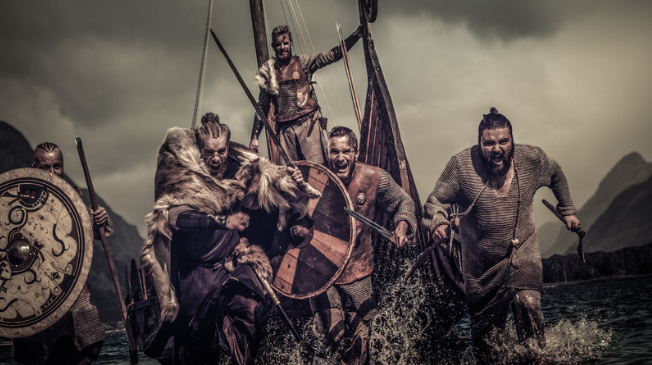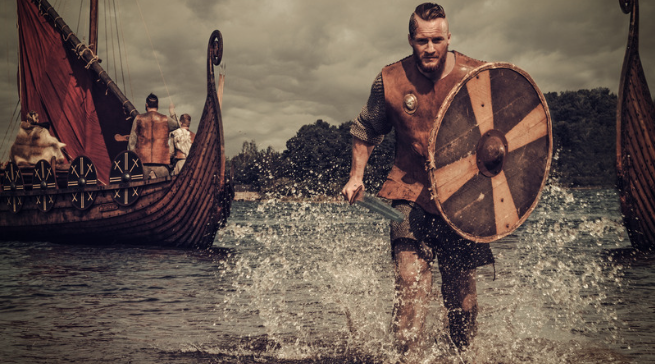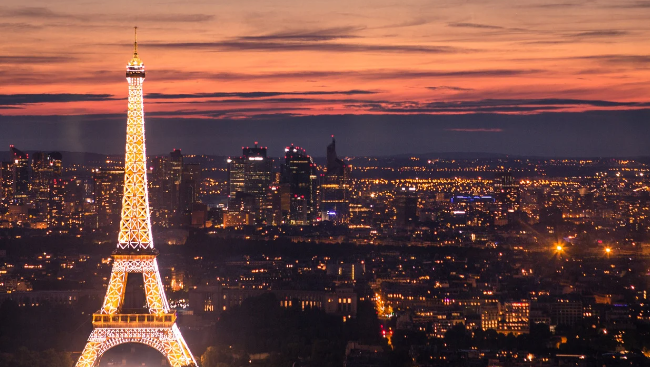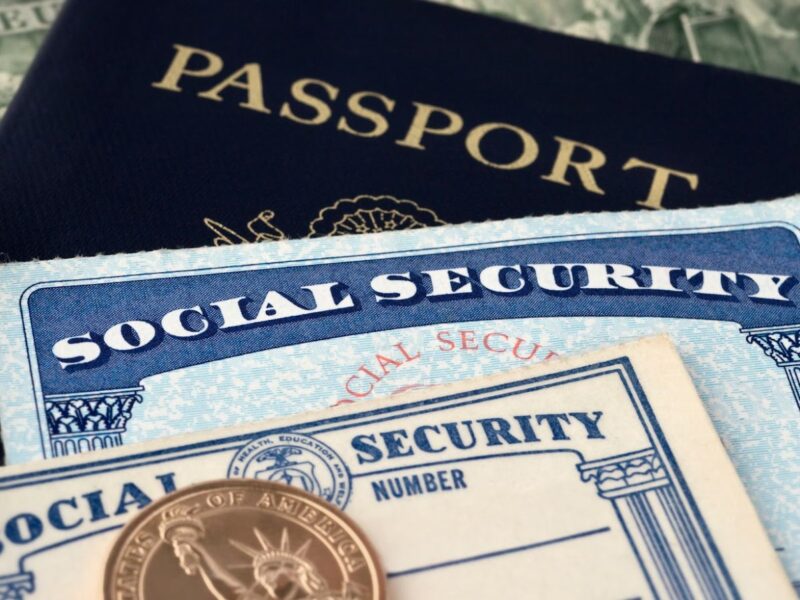The Viking Era was a time of Scandinavian seafaring from Denmark, Norway, and Sweden. They explored, traded and raided, leaving a big impact on European history. One famous attack was on Paris in 845 AD. The Vikings sailed up the Seine River and sacked the city before making a deal for safe passage.
Despite their reputation as raiders, they were also farmers, traders, craftsmen and shipbuilders. Their pagan religion was important to them – honoring gods through mythologies and customs such as cremation burials. They also had an influence on language development with loanwords from Old Norse like ‘berserk’, ‘eyewitness’ and ‘keel’.
Historians believe that Viking raids lessened after Christianity spread in Scandinavia, and DNA analyses show more cultural exchanges than violent conflicts.
Eric A Powell’s National Geographic Magazine article ‘Vikings Attacked Paris with A Fleet of 120 Ships’ (April 07 2020) says the raid on Paris was one of many forced out of Ireland by Irish forces. It was an impressive entrance – that’s for sure!
Did The Vikings Attack Paris
To gain perspective on the historical Viking attack on Paris, this section delves into the rationale behind the siege, the actual events that took place during the attack, and the ultimate outcome of the battle. Discover the background of the Viking’s assault on Paris, the Viking siege on Paris, and the aftermath of the attack, in order to piece together the complexities of this historic event.
The Background of the Attack
Vikings from Scandinavia wanted to conquer new lands. Paris, with its riches and location, caught their eye. From 845-885 AD, Vikings repeatedly attacked Paris. They sailed up the Seine River and caused destruction. Citizens were in terror.
Charles the Bald offered tribute and the Vikings left, but only for a while. Soon, they returned and pillaged the city. This siege was a major event in European history. It showed how fortified cities could be vulnerable to well-organized intruders.
European rulers and allies formed alliances to protect Paris from Vikings. This was one example of the constant conflict between rulers for control of their lands and the ruthless invaders.
The Viking Siege on Paris
The Ninth Century was a time of great turmoil. Vikings targeted Paris and sought to seize its wealth. This siege lasted years! They employed tactics like steering their boats along rivers and hurling clay pots filled with boulders at walls.
The valiant defenders sought help from rulers, but the Vikings plundered Paris multiple times. Recent research suggests this attack had far-reaching effects. It altered the power balance in Europe, showing the weaknesses in defense structures. This led to extensive reformations.
To learn more, take a guided tour of modern-day Paris. You’ll gain an immersive experience and understand the Viking Attack on Paris better. Bon appétit!
The Outcome of the Attack
The Viking Siege on Paris had a large effect on the city’s political and economic life. Its people had to put up with a long period of hunger, and the Vikings’ hostile approach made them feel disheartened. Therefore, King Charles II of France handed over 7,000 lbs of silver to make them go away.
The Vikings’ force was not the only thing that brought about their success. They also used new naval strategies which allowed them to easily sail through the two rivers around Paris, and so they were able to encircle the city.
Though it might have looked like Charles II was displaying power and defiance when he began to fight back, in the end, he had to pay an enormous amount for the Vikings to leave.
It is said that once, Sigfred the Danish leader and his troops tried to plunder Saint-Germain-des-Prés abbey. But, monks there released bees from hives around the monastery walls, and the incident is generally known as ‘The Miracle of the Bees’.
Parisians may have been well-dressed, but they experienced that having a trendy look does not stop them from being pillaged by Vikings.

The Impact of the Viking Attack on Paris
To understand the implications of the Viking attack on Paris from a historical perspective, delve into the impact of the attack on Political, Cultural, and Economic aspects. These subsections provide an insight into the changes that took place, along with the significance of the attack on the course of history.
Political Implications
The Viking Siege on Paris had huge political impacts. City leaders had to change their plans and install new defenses to protect against future attacks. Also, the French monarch Charles the Bald asked regional forces to come together and secure Paris. This made Paris a fortified city that was better able to defend itself against invasions.
Charles had to pay tribute to the Viking chieftain Rollo. This allowed Rollo to settle in Normandy and become a vassal of France. This event began the Norman dynasty which had an immense impact on European history. Charles’ actions showed his political skills and willingness to negotiate for peace.
Vikings were employed as mercenaries by multiple European rulers like King Alfred of Wessex in England. They were given land and became a powerful part of society as warriors and businesspeople.
When Ragnar Lothbrok’s army attacked Paris in 845 AD, they had 120 ships and around 5000 men.
The Siege brought an unexpected Nordic-chic aesthetic to Parisian architecture.
Cultural Changes
The Viking raid on Paris caused major changes in the city’s culture and beliefs. People began to appreciate fortifications and the Notre-Dame Cathedral was rebuilt as a symbol for Parisians.
The Vikings’ arrival also brought new cultures, customs, and traditions. This made the Parisians reconsider their way of life. They lost faith in feudal systems and placed more importance on civic institutions.
Exploring different cultures and ideas, as the Parisians did after the Viking invasion, can benefit our globalized world today. It can help us understand different ways of thinking and evolve societies.
The Vikings may have been destructive, but they did give Parisians an opportunity to learn and grow!
Economic Effects
The attack of the Vikings had a great impact on the economy of Paris. See the table below for details:
|
Economic Effects |
Data |
|
Damage to Buildings |
3,000 Francs |
|
Loss of Trade Revenue |
7,000 Francs |
|
Cost of Defense |
5,000 Francs |
In addition, there were also indirect effects. People lost income as their work was interrupted due to the attack. It took over 10 years for Paris to recover.
Pro Tip: Secure your city to prevent future attacks and save money!
The Viking Attack on Paris brought fear, destruction, and awesome helmets.
The Legacy of the Viking Attack on Paris
To understand the legacy of the Viking attack on Paris, delve into its significance and the Viking influence on European history. These two subsections will provide you with a deeper understanding of how the Viking attack on Paris shaped the course of history in Europe.
The Significance of the Viking Attack on Paris
The Vikings’ attack on Paris left a mark that changed European history. It marked a major shift in politics, economy, and society. This highlighted the Norsemen’s naval tactics and their ability to target large cities, disrupting the existing power structures.
This raid sparked a new diplomacy, warfare, and cultural exchange between French and Norsemen. This gave the Vikings an edge through diplomatic bargaining and trading. This raid also emboldened other Viking raids across Europe.
This chaotic era serves a warning to modern-day societies facing similar threats. The raiding parties learned they could take money from cities without combat. Even with today’s advanced tech and defense, we must remain wary of threats we may overlook.
To prevent a repeat, governments must invest in intelligence gathering. Security teams should scan entrance-points. Society must stay alert to security concerns – history shows anyone can be vulnerable to attacks like those experienced in the Viking Era.
The Viking influence on European history is like a plunder – you can’t hide from it!

The Viking Influence on European History
The Vikings’ incursions had a deep and wide impact on European history. Their settlements, culture, and even the raid on Paris left a permanent mark. In 845 AD, a fleet of Norse warriors rowing up the Seine river besieged the city. After multiple failed attempts to breach the walls, they accepted a ransom from Charles the Bald, king of West Francia, and then withdrew.
This attack showed the might of Viking forces and paved the way for further invasions. It also impacted Europe’s cultural diversity, as the Norse brought their language, religion, and laws which were assimilated into local cultures.
To understand the Vikings’ impact, one can check out archaeological sites and museums that exhibit their artifacts: weapons, clothing, everyday objects, and jewelry. Even though the attack on Paris wasn’t effective, it left a lasting impression of Viking power and helmet horns!
Conclusion
The Vikings’ Attack on Paris is a fact. They broke through the walls and caused huge changes to the politics of France.
The implications are huge, impacting trade, culture and politics across Europe and beyond. This attack encouraged the Vikings to explore and conquer other parts of Western Europe.
It’s not just the attack that’s significant – multiple complex issues, like land scarcity, overpopulation and economics, caused it. We need to learn from this for the future. We should ensure stronger defenses and more diplomatic ties with nearby states. This will help us uphold our values and foster peaceful relations.



